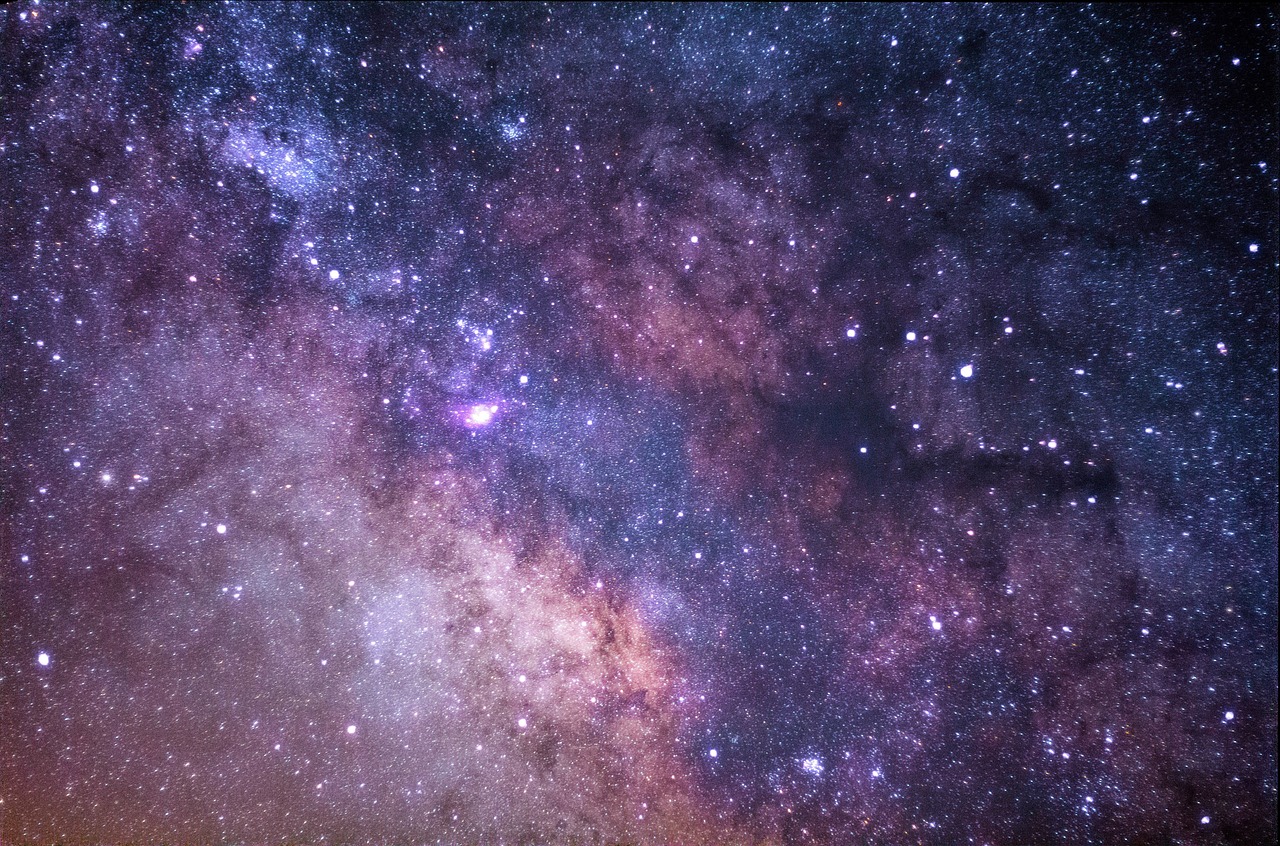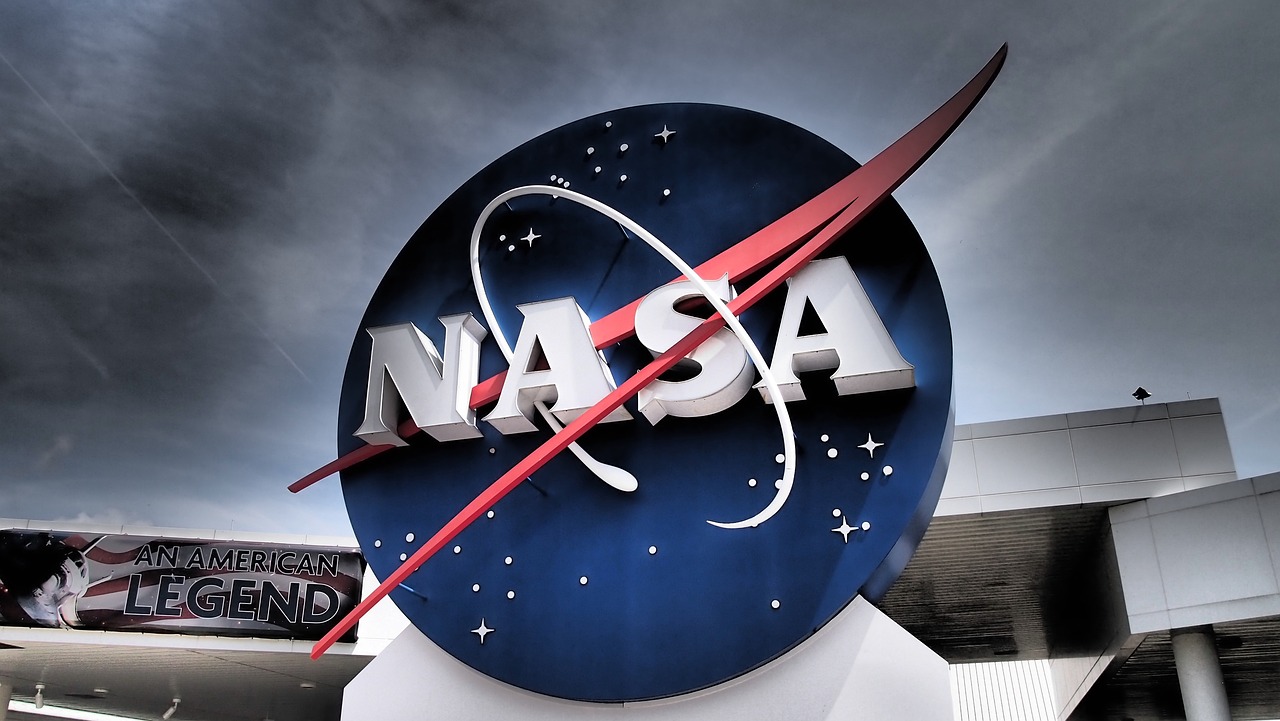A breakthrough in astronomical research may have untangled the enigma surrounding the persistence of heavy metal layers on the surfaces of white dwarfs, those dense remnants of dead stars. It appears that these stellar zombies sustain their metallic sheen by feasting on the remnants of their own planetary systems.
In about five billion years, our sun will meet its fate, transitioning into a white dwarf as its hydrogen fuel diminishes. This recent discovery hints at what might unfold within our solar system after this cosmic metamorphosis.
White dwarfs, born from the demise of stars like our sun, are prevalent in the Milky Way, constituting 97% of its stellar population. Despite their ubiquity, the chemical makeup of white dwarfs has puzzled astronomers. These stellar relics exhibit surfaces adorned with elements heavier than helium, known as "metals."
Now, a team of scientists has shed light on this mystery. They found that elements like silicon, magnesium, and calcium accumulate on white dwarf surfaces when these celestial remnants devour small rocky bodies orbiting them, such as comets and asteroids. Furthermore, the researchers identified the mechanism through which white dwarfs feed on these planetary leftovers, known as planetesimals.
According to Ann-Marie Madigan, a professor involved in the study, a significant portion of planetary systems, including our own, might end up being consumed by their white dwarf host. This revelation offers a plausible explanation for the prevalence of heavy metals on white dwarf surfaces.
The initial puzzle of heavy metal presence on white dwarf surfaces stemmed from the expectation that these metals should sink into the stellar remnants' interiors during their formation. Yet, the continued presence of metals suggests ongoing consumption of surrounding material.
To delve into this phenomenon, the team conducted computer simulations simulating the "natal kick" received by white dwarfs during their formation, altering their motion and the dynamics of their surroundings. These simulations revealed that the white dwarf's gravitational influence significantly alters the orbits of nearby asteroids and comets, elongating and aligning them.
Remarkably, a substantial portion of the consumed planetesimals exhibited retrograde orbits, opposing the white dwarf's rotation. The simulations, spanning 100 million years, demonstrated the enduring nature of these accretion events, explaining the sustained presence of heavy metals on white dwarf surfaces.
In essence, the findings paint a picture of white dwarfs as relentless cosmic scavengers, perpetually consuming whatever celestial debris lies in their path. Looking ahead, the researchers aim to expand their simulations to explore interactions with larger objects, such as planets.
These revelations not only illuminate the workings of the most common stars in the Milky Way but also offer glimpses into the fate of our own solar system. As researcher McIntyre notes, studying planetesimals provides insights into the compositions of distant solar systems, making white dwarfs not just windows into the past but also into the future.










